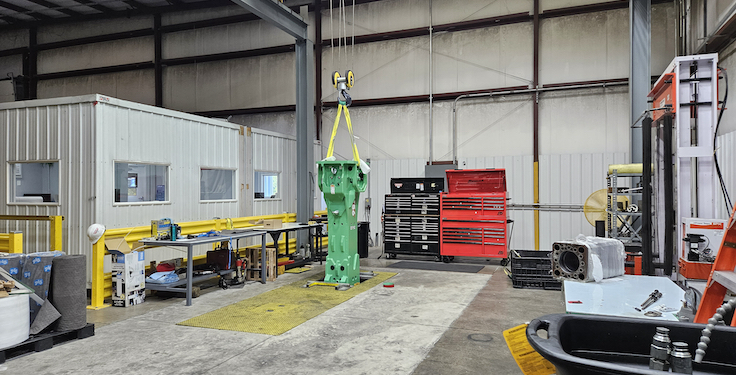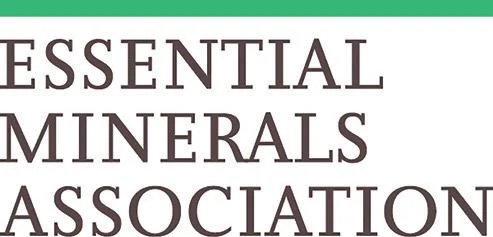
Summit Materials CEO Anne Noonan offered perspective on the company’s combination with Argos USA during an analyst-led discussion, detailing why the timing was right for a major cement deal and what’s ahead for Summit in aggregates.
As Noonan stated during the discussion with Stephens analyst Trey Grooms, the timing was “exactly the right” one to get bigger in cement because cement supply is currently low and demand is high.
“We’re not unique in the view that cement has very strong fundamentals in the near- and long-term trade,” says Noonan, who was joined during the discussion by Summit CFO Scott Anderson. “And that’s really underpinned by strong demand fundamentals across all three of our end markets.”
The nonbuilding construction sector is one of those three growth markets.
“Here, we have strong tax receipts, fortified DOT (department of transportation) budgets and an historic infrastructure bill that is actively investing in the infrastructure in the U.S. that is much needed,” Noonan says.
Noonan says ample opportunities are also present for cement in residential construction.
“We know that this country is woefully underbuilt, and we continue to have very strong immigration trends – particularly in the Southeast,” she says. “So, we have a lot of conviction that demand will continue to be sustained for cement by the residential segment.”
Nonresidential construction, however, might present the biggest opportunity for cement in the coming years, according to Noonan.
“The third segment I’ll speak to – which is probably the most underappreciated segment of all – is the heavy nonresidential or commercial segment,” she says. “We think this is actually the biggest piece of the puzzle, because for the next five years, the CHIPS [& Science Act] and Inflation Reduction Act will actually invest $600 billion into the supply chain and to shore up onshore manufacturing.
“These projects are very cement intensive,” she adds. “If you take just the 42 projects that have been announced to date, the PCA (Portland Cement Association) has estimated that that will drive 2 million tons in annual demand in 2024 and 2025.”
Summit is optimistic about nonresidential construction for other reasons, too.
“One, we believe it drives secondary and tertiary demand, and that’s in the form of job creation, residential growth and nonresidential growth,” Noonan says. “So, if we take what’s already been invested just from the CHIPS and [Inflation Reduction] Act, it’s already resulted in 100,000-job creation. We believe that’s going to spur more growth at residential and nonresidential to come.”
And Argos, she adds, is well positioned to capitalize on federal funding.
“Of the $80 billion that’s been invested from the [Inflation Reduction] Act so far, Argos’ top five states have gotten 35 percent of that,” she says. “So, we are absolutely convicted that this cement demand is accelerating and that it’ll be sustained. And we also believe these strong supply-and-demand dynamics are going to really continue to support a strong pricing environment.”
Summit and aggregates
Noonan also made clear during the discussion with Stephens that Summit intends to continue to bolster its aggregate business.
“Just because we’re getting big in cement, it does not mean we are going to not grow in aggregates,” she says. “We can do both, and that’s a very key part of our strategy. In fact, with the increase in cement scale, we are able to actually increase our aggregates pull-through.”
So, what can be expected from Summit in aggregates moving forward?
“Continued operational excellence, expansion of margins, investment in our greenfields that are very margin accretive [and] a strong M&A pipeline,” Noonan says. “We believe this position will only accelerate with the addition of Argos to our portfolio.”












